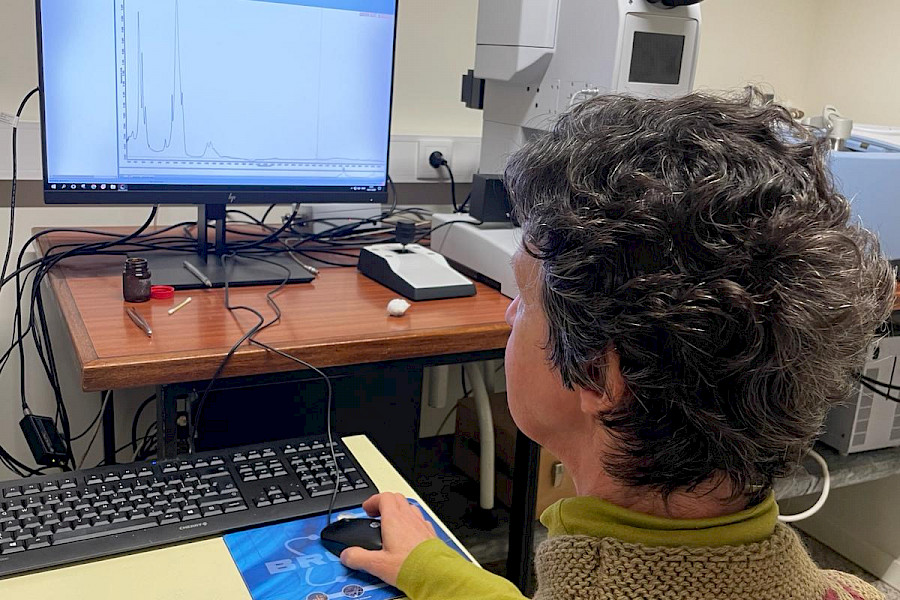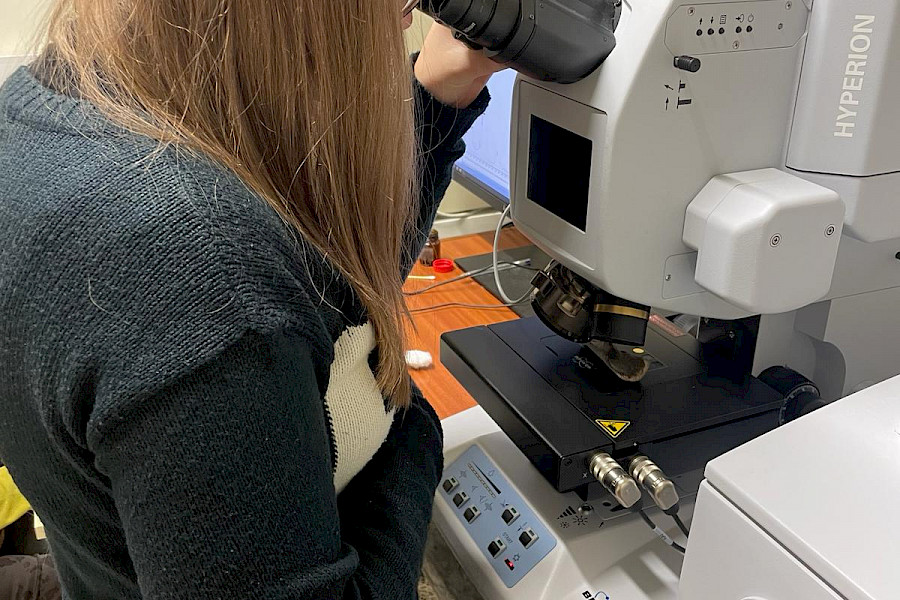Scientists from the University of Coimbra study the impact of the 2018 fire on the Egyptian bone collection of Brazil's National Museum
In collaboration with the Federal University of Rio de Janeiro, the research involves the analysis of charred bones from four mummies dating from between 4,000 and 5,000 years ago.
A research team from the Molecular Physical-Chemistry R&D Unit (QFM) of the UC Faculty of Sciences and Technology (FCTUC) is currently studying the Egyptian collection of Brazil's National Museum, which suffered extensive damage in a fire that destroyed the museum in 2018.
The research, conducted in collaboration with the Federal University of Rio de Janeiro, will examine the burned skeletal remains of four mummies, estimated to be between four and five thousand years old: two priests from the Intermediate Period, a Singer of Amun from the 22nd Dynasty, and a female from the Roman period.
Professor Maria Paula Marques, from the Department of Life Sciences (DCV) and a researcher at QFM, explains the aim of the research: “We want to determine the temperature at which the bones were burned, identify any possible contamination, and assess any pathologies they may have had. For example, if the remains were burned at a low to medium temperature (up to 400ºC), they will still contain proteins (collagen) and traces of lipids (fats)”.
"On the other hand," she adds, "if they have been exposed to temperatures above 600 or 700ºC, they don't have any organic components such as proteins or lipids. Instead, only the mineral matrix remains, and its structure changes as the firing temperature increases. We use specific techniques in the study to analyse all of these factors".
Marques further explains: “We use spectroscopy, infrared and Raman techniques to examine burnt human bones, allowing us to assess the chemical composition and structure of the samples, as well as the temperature to which they were exposed. This type of analysis is important in forensic science, particularly in the identification of victims of fires where DNA analysis cannot be used, as well as in bio-anthropology and bio-archaeology research”.
Besides these techniques, the FCTUC research team also uses neutron-based methods, available only in large infrastructures like the ISIS Neutron & Muon Source, in England. “The neutron scattering technique does not use visible radiation from lasers or infrared radiation, which are available in our laboratory, but rather a neutron beam, which gives us complementary information”.
Professors Maria Paula Marques and Luís Batista de Carvalho are joined in this study by Ana Brandão (QFM-UC), David Gonçalves (Directorate-General for Cultural Heritage - Portugal), Victor Guida de Freitas, Claudia Rodrigues-Carvalho and Murilo Bastos (Federal University of Rio de Janeiro, Brazil).


